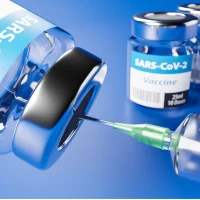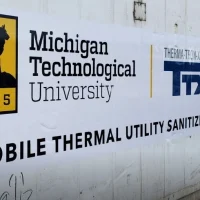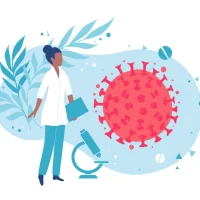A new study published in the Annals of Internal Medicine assesses challenges faced by general practitioners (GPs) in the prevention and management of COVID-19 in Lombardy, Italy.
You may also like: COVID-19 Pandemic: Lessons from Italy
As of 8 April, Italy was the most COVID-19-affected country in Europe. Of 135 000 confirmed cases over 6,000 were health care professionals, and 94 of those have died, the authors of the study (Fiorino et al. 2020) note. In the region of Lombardy hospital overcrowding has been the most severe in the country, and GPs there are frequently exposed to the virus, which has already led to 20 deaths.
If you want to share your experience and perspective on COVID-19, please do.
The authors have conducted a survey among 272 GPs to examine the prevalence of COVID-19-like symptoms in January-March 2020, strategies adopted to prevent the spread of infection, and education on COVID-19.
Exposure. 108 respondents (40%) had COVID-19 symptoms, such as fever, cough, shortness of breath, or diarrhoea or vomiting, but only 18 (7%) underwent SARS-CoV-2 testing (two tests rendered positive results). 125 GPs (46%) had at least one contact with a COVID-19 patient, and more than three quarters of the symptomatic patients they referred to the hospital were positive for SARS-CoV-2.
Change in practice. The majority of surveyed GPs (238, or 88%) modified their practice of delivering care, mostly through telephone calls (73%) or telemedicine (24%). Almost all of the respondents (264, or 97%) adopted strategies to avoid overcrowding of patients at their office.
PPE. Less than half of the GPs (46%) received supplies of personal protective equipment (PPE) from their local health department. Of those, almost all received gloves and surgical masks, a third got sanitising gels, and only 16% were provided with FFP2/FFP3 masks. Most respondents (85%) had to purchase PPE themselves, and less than one in five could provide it to patients.
Training. Less than a third of the respondents(85, or 31%) were specifically trained on COVID-19 management. Of those, about two thirds used online sources and the rest attended courses and meetings. Notably, only 3.5% of these GPs received the training as early as January, while over a half did so in March. The remaining 187 GPs self-prepared, mostly by reading medical journals or through online courses.
Concerns. The biggest concern for the respondents was insufficient supply of PPE (30%) followed by inadequate dialogue and coordination with health departments and institutions (18%) and insufficient training (12%). Another 7% highlighted lack of diagnostic tests.
In conclusion, the authors outline the measures needed to manage the outbreak, such as testing and isolating at least symptomatic GPs, optimising PPE provision, and improving education and guidance.
If your company is interested in engaging with our COVID-19 community,
please send us anemail.
References
Fiorino G et al. (2020) Clinician Education and Adoption of Preventive Measures for COVID-19: A Survey of a Convenience Sample of General Practitioners in Lombardy, Italy. Ann Intern Med, 15 April. Available from https://annals.org/aim/fullarticle/2764816/clinician-education-adoption-preventive-measures-covid-19-survey-convenience-sample
Image credit: iStock










